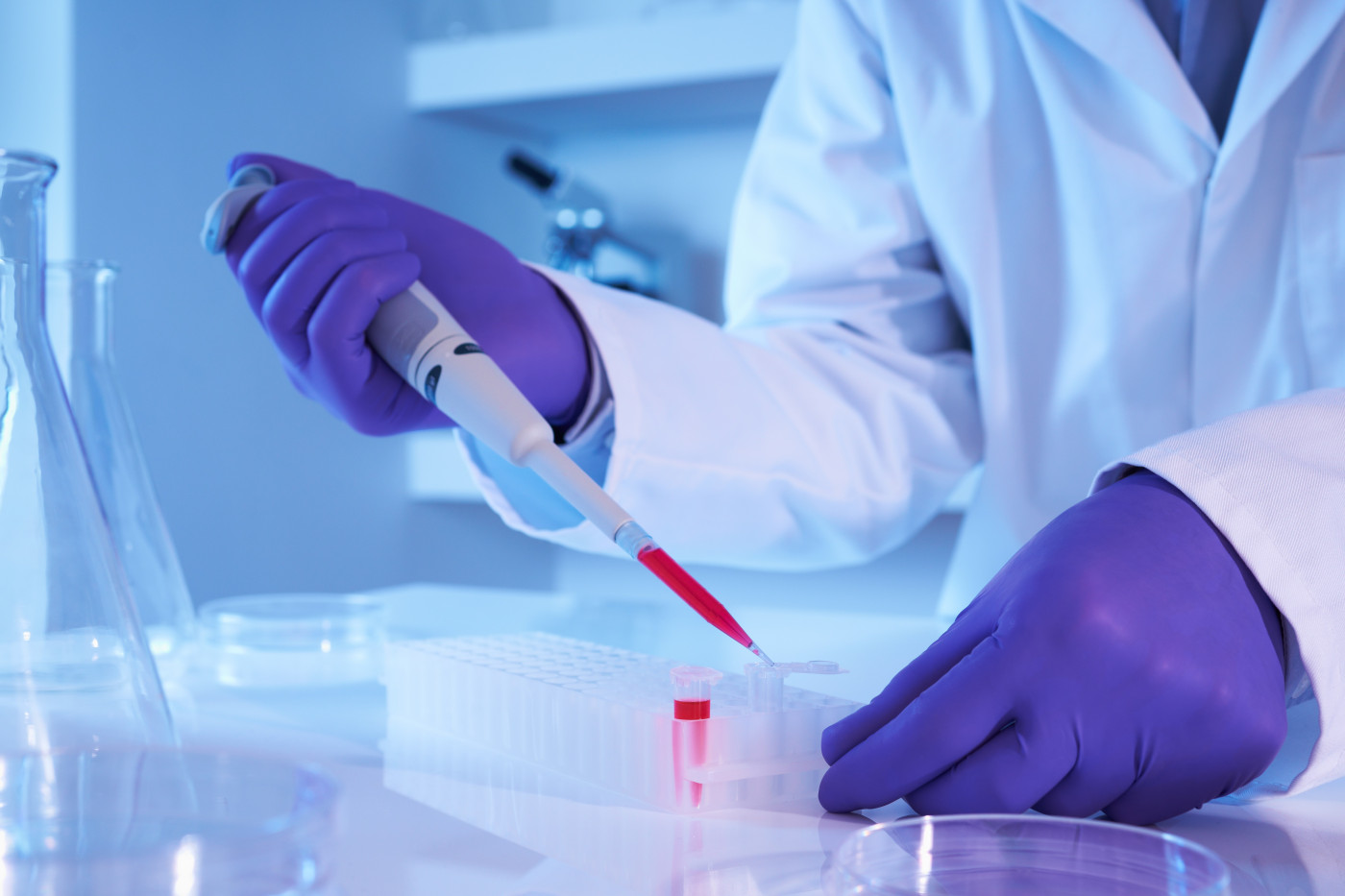Prophylactic Takhzyro Effective for Broad Range of HAE Patients, Study Suggests

Preventive treatment with Takhzyro (lanadelumab) is effective at delaying and lowering the monthly rate of attacks in a broad range of patients with hereditary angioedema (HAE), a study has found.
The therapy did so by inducing sustained increases in blood concentrations of the treatment. The response was not influenced by factors such as age, sex, disease severity, or other patient characteristics, which supports the currently approved dosage of 300 mg every two weeks for a wide range of HAE patients.
The study, “Pharmacokinetics, Pharmacodynamics, and Exposure‐Response of Lanadelumab for Hereditary Angioedema,” was published in the journal Clinical and Translational Science.
HAE is a rare disorder in which the inflammatory molecule bradykinin is produced in excess. This molecule causes blood vessels to dilate and fluid to accumulate in soft tissues, triggering the sudden and recurrent bouts of swelling that characterize the disease.
Takhzyro — developed by Shire, which is now part of Takeda — is an antibody that prevents the overproduction of bradykinin by blocking the plasma kallikrein protein.
These effects were not only stronger with increased doses, they were also faster, which resulted in longer delays to the first HAE attack after dosing, and more pronounced reductions in the number of monthly attacks, compared to patients receiving lower doses.
But the team noted that increasing doses above 300 mg every two weeks would likely bring no benefits to patients, as findings suggest that responses reach a plateau at that dose level.
Levels of Takhzyro were not significantly impacted by the presence of antibodies against the treatment, HAE attacks, use of other medications, or site of injection. They were also comparable across adolescents, adults, and elderly patients.
Takhzyro levels impacted the need for additional medication — such as analgesic, anti‐inflammatory, and antirheumatic medications — with patients who reached higher concentrations of Takhzyro in their blood being less likely to need such medications.
Regarding weight, the patient’s body weight was seen to negatively correlate with average treatment concentrations in the blood, with heavier patients having about 30% lower exposure to the medication. Takhzyro “clearance and volume of distribution are dependent on body weight,” the researchers wrote. “However, significant attack rate reduction is still observed in patients with high body weight, and dose adjustment is not necessary.”
The findings also showed that Takhzyro suppressed the formation of about 53% of cHMWK, meaning that plasma kallikrein and bradykinin formation were not fully suppressed, but rather reached levels found in healthy people.
“The [pharmacokinetics/pharmacodynamics] characteristics of lanadelumab support its use as a safe, effective, and convenient therapeutic option for prevention of angioedema attacks,” the researchers wrote.
Findings also “support dosing … in patients across a wide range of demographic and baseline disease characteristics,” they added.






